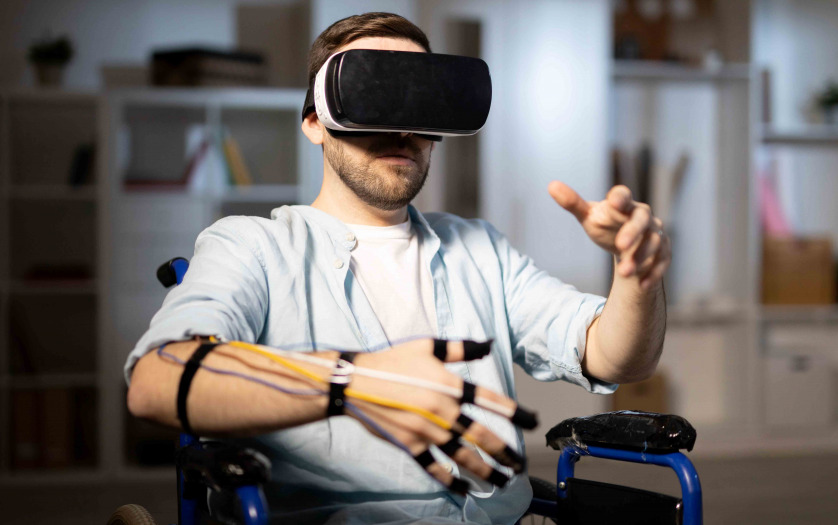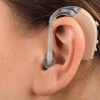5G, IoT and Wearable – A game changer for persons with disabilities

Worldwide, around a billion people have a disability, and 80% live in developing countries, emerging mobile technologies could help persons with disabilities live independently and contribute more in the workplace – and improve their quality of life in developing world.
We’re living in an era where the numbers of connected devices are starting to grow. So, having a wireless system that can facilitate data-sharing across these different platforms is essential to their future operation, and also for devices for persons with disabilities.
For example, “wayfinding” for people with disabilities, moving and navigating more independently is an area where 5G is going to benefit them. For example, people who are blind are now using a white cane or a service animal to get around. They can move independently through the emerging mobile technologies.
Imagine 5G-connected smart glasses paired with a smartphone, which will give them the power of artificial intelligence and give the person real-time audio feedback to help navigate in a store or a city independently.
With a high-speed network, these data-driven solutions will only lead to greater independence and efficiency for persons with disabilities.
New advances like facial recognition will tell them for example, who is approaching, bus and train routes, food on shelves in the store identified.
Latency is a problem for people who are deaf, and 5G will solve this problem.
These days, people who are deaf use Sign Language to communicate with others, through their gestures and facial expressions to communicate a lot of meaning. And when you’re doing that remotely it can be a challenge while using smartphone video chat apps, because of some of the data or infrastructure limits to transmit data in developing countries. Latency is the killer of this. With 5G, that latency issues virtually go away.
It’s not just for deaf people. Hearing people rely on an interpreter, so 5G could facilitate the broader inclusion of people that rely on SL as their language and allow them to participate more seamlessly in our society.
5G services also help people with disabilities to live independently with a more connected smart home, using a smartphone to control the environment, such as to switch on and off light, temperature control, operate a door, etc. With these high-speed networks, those services will improve.
Wearable devices,such as Apple Watch,will improve the physical health of persons with disabilities. Also, wearable GPS mobiles, connected to smartphone, help parents to locate sons or daughters with intellectual disabilities.
The quality of life of persons with disabilitieswill improve with emerging technologies:
- They will be better informed and communicated with the world.
- It will help them to access education similarly as students without disabilities.
- It will give them the chance to live and work independently.







